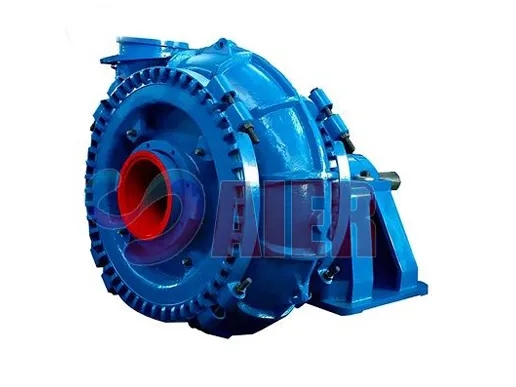ធ្នូ . 12, 2024 19:18 Back to list
Compact Dredge Pump for Efficient Sediment Removal in Small Scale Operations
The Versatility of Small Dredge Pumps
Small dredge pumps serve as indispensable tools in various industries, including construction, mining, and environmental management. Compact yet powerful, these pumps are designed to effectively handle the removal of sediments, sludges, and other debris from waterways, construction sites, and other challenging environments. In this article, we will explore the key features, applications, and benefits of small dredge pumps.
Features of Small Dredge Pumps
Small dredge pumps are engineered with several crucial features that enhance their functionality and efficiency. Typically, they are built with robust materials, ensuring durability in harsh conditions. Most are made from corrosion-resistant alloys or reinforced plastics, allowing for consistent performance even when submerged in water containing abrasive particles.
One significant feature of small dredge pumps is their ability to handle a mixture of solids and liquids. These pumps can efficiently move slurry-like materials, which often consist of water mixed with mud, sand, and gravel. The design of their impellers and volutes is specialized to minimize blockages and allow for smooth operation even with larger sediment particles.
Additionally, the portability of small dredge pumps makes them particularly appealing for projects where space is limited or where mobility is essential. Many models are lightweight and equipped with handles or frames for easy transportation, allowing operators to move them from one site to another with minimal effort.
Applications of Small Dredge Pumps
The applications of small dredge pumps are diverse, reflecting their versatility in various fields
. In construction, they are used for dewatering excavation sites, removing excess water that could compromise the structural integrity of foundations. Similarly, they are employed in landscaping projects for pond maintenance, where regular sediment removal is necessary to maintain aesthetic appeal and ecological balance.small dredge pump

In the mining industry, small dredge pumps play a vital role in ore recovery processes. They can effectively pump out water and sediments from mining pits, allowing for easier access to mineral deposits. Environmental management agencies also utilize these pumps for sediment control and habitat restoration projects. By removing excess silt and debris from rivers, lakes, and wetlands, small dredge pumps contribute to the health and sustainability of aquatic ecosystems.
Benefits of Using Small Dredge Pumps
The benefits of incorporating small dredge pumps into various operations are numerous. Firstly, their efficiency not only reduces labor costs but also speeds up project timelines. With the ability to quickly remove unwanted materials, these pumps help project managers meet deadlines without sacrificing quality.
Moreover, investing in small dredge pumps translates to enhanced safety on job sites. By eliminating standing water and debris, they diminish the risks associated with slips, trips, and falls. Additionally, by maintaining clear waterways, these pumps support safer navigation for boats and other watercraft, promoting overall safety in aquatic environments.
Lastly, small dredge pumps are often more environmentally friendly than traditional dredging methods. The precise control over the volume and type of material being pumped allows for more sustainable practices, reducing the ecological footprint of dredging activities.
Conclusion
In summary, small dredge pumps are an essential asset across multiple industries, offering a blend of efficiency, portability, and versatility. Their ability to handle challenging materials, combined with their myriad applications, makes them invaluable in construction, mining, and environmental management. As these industries evolve and face new challenges, the role of small dredge pumps is likely to grow, continuing to support sustainability and operational efficiency for years to come.
-
High Quality Slurry Pump Seals Reliable China Suppliers & Manufacturers
NewsJun.24,2025
-
High Quality Portable Submersible Slurry Pump Supplier & Manufacturer from China
NewsJun.10,2025
-
Slurry Pump Parts Manufacturer – High Quality Rubber Spare Parts from China
NewsJun.10,2025
-
High Quality 1/3 HP Submersible Sump Pump with Vertical - Reliable Supplier & Factory Price
NewsJun.10,2025
-
High-Efficiency Centrifugal Slurry Pumps India
NewsJun.10,2025
-
High Quality Warman Centrifugal Slurry Pump Suppliers & Factory
NewsJun.10,2025
